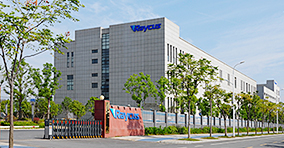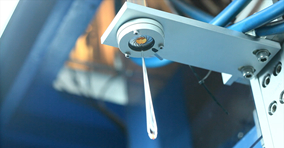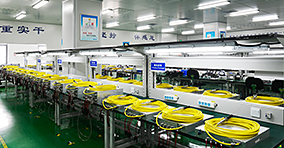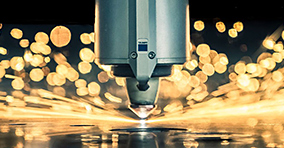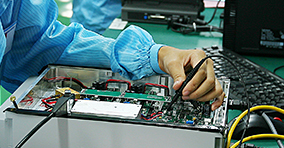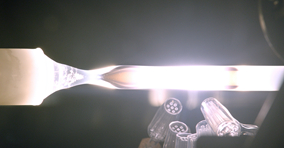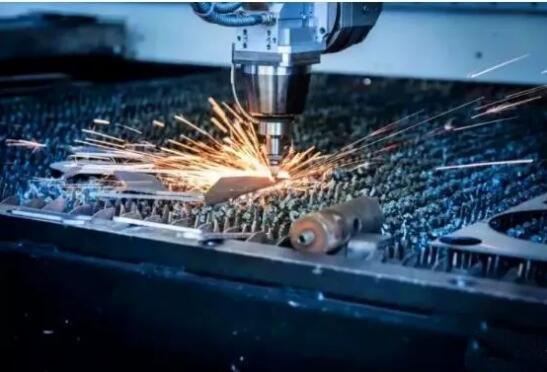Market Outlook | Laser Cutting Industry Trend Revealed
In the past few decades, the laser cutting industry has undergone a series of changes, including improvements in the quality and thickness of cutting materials, and increased machine power and efficiency. Excellent quality for efficient processing of countless parts and components including automotive, aerospace, metal processing, medical, plastics, electrical and electronics, textiles, etc. Relevant industry experts predict that the laser cutting market will usher in new growth opportunities within the next ten years.
The fastest knife—the laser cutting industry looks forward to new developments
It is expected that in 2018, the laser cutting industry will reach an unprecedented level of growth. Relevant statistics show that by the end of this year, the total value of the global laser cutting industry will reach about 3.77 billion US dollars, and it is expected to jump to 6.72 billion US dollars by 2024. Most of the growth comes from the fact that many industries are investing heavily in laser cutting equipment to replace traditional technologies, and many industries and regulatory agencies have increased their support for laser cutting technologies and processes in recent years. For example, new FDA and FAA requirements issued in the field of laser-engraved parts and equipment continue to drive growth in this industry.

Fiber laser cutting market will grow significantly
According to Transparency Market Research, from 2017 to 2026, the global fiber laser market will maintain a 4.6% annual growth rate. In contrast, one area that will see significant growth in 2018 is the fiber laser cutting market. Although not as good at cutting thicker materials as CO2 lasers, fiber lasers do have significant advantages in some applications. When cutting thin materials, they are cheaper to maintain, easier to use, faster to cut, and more efficient.
In addition, tube cutting applications are particularly prominent in the global fiber laser market, mainly based on the increasing proportion of products in the production of cardiovascular stents. This is because such lasers can provide a wide range of cutting configurations, reduce production costs, and eliminate overlapping tolerances. . Other potential and popular applications include 3D cutting, flat cutting, and powertrain applications.
For example, a market research analysis report released by Technavio shows that by 2021, the global 3D laser cutting machine market will have a compound annual growth rate of more than 5%. Among them, the rising share of fiber lasers in thin plates and micro-cutting applications has become one of the key trends in this market growth. Fiber lasers’ superior beam-manipulation capabilities make them increasingly used in 3D cutting applications; while the advantages they provide for planar cutting include a tighter focused spot size, greater focal depth, and faster processing Speed and larger working distances reduce workpiece tolerances.
Laser + robotics, automation and flexibility trends are intensifying
Lasers have become an important part of automated processes in many industries such as shipbuilding, aviation and automotive manufacturing. According to a shipbuilding company, incorporating laser cutting into its manufacturing process, combined with robots, can help to significantly increase productivity while reducing overtime and improving plant safety. At the same time, laser cutting machines can also be used to make and repair parts, reducing the time required for repairs.
In addition, robotic laser cutting can provide a highly flexible solution, and the cost is much lower than imported five-axis machine tools. With the rapid development of laser technology and the improvement of robot precise trajectory control technology, the application of robot flexible laser cutting in the automotive industry is becoming increasingly common.
There are various ways of robotic flexible laser cutting, which can be made into a single robotic cutting platform or combined into a flexible processing production line. The workpieces involved are mainly two different types of parts: one is a 3D car body structure and cover formed by extrusion or drawing of metal parts, including thermoformed parts; the other is a tubular metal structure, Including exhaust pipes, cross beams, etc. Compared with manual cutting and other expensive traditional cutting methods, the advantages of “laser + robot” in providing flexible system solutions are self-evident-flexible programming can adapt to different product requirements and small batch processing, while achieving high efficiency and accuracy Cutting.


